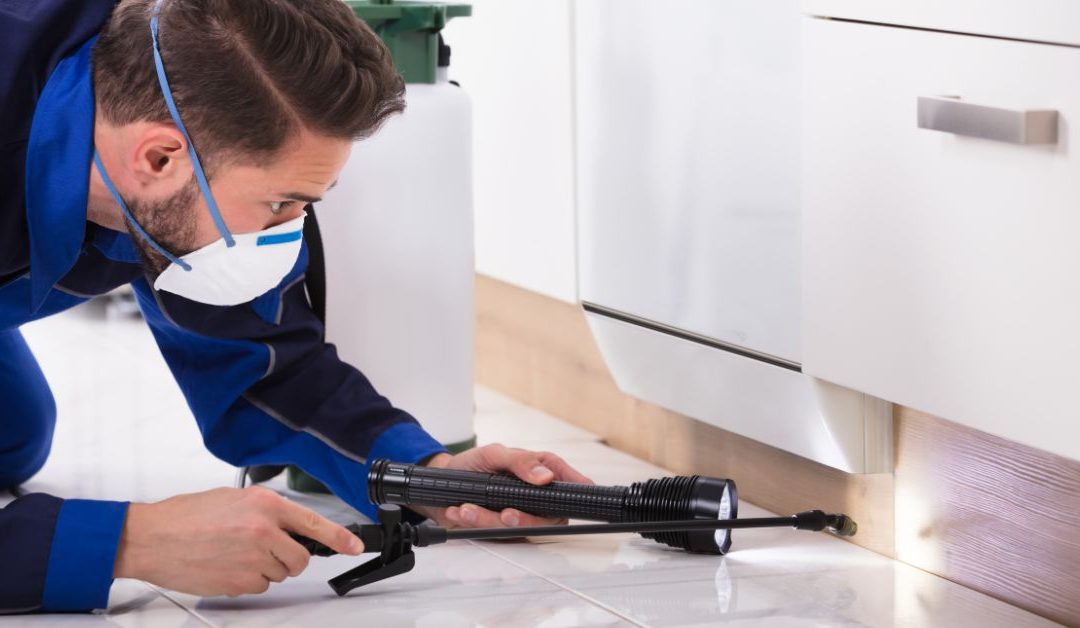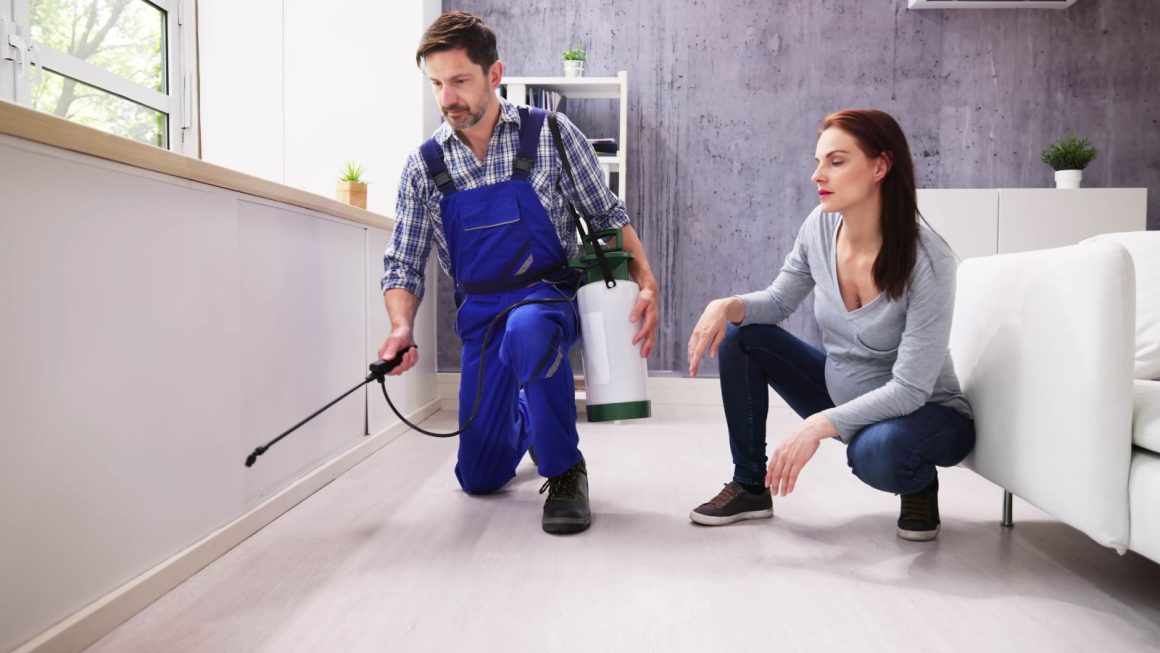Dealing with unwanted pests in our living or working spaces can be a daunting task. From insects like ants and cockroaches to rodents such as mice and rats, each pest presents its unique set of challenges. This guide aims to provide comprehensive insights into effective pest control solutions that ensure your environment remains safe and healthy.
Understanding the various methods and innovations in pest control is crucial not just for immediate relief, but also for long-term prevention. We’ll explore the most effective strategies, taking into consideration safety, eco-friendliness, cost-effectiveness, and ease of implementation. Whether you are grappling with a current infestation or looking to prevent future ones, this guide will arm you with the necessary knowledge to handle pest issues effectively.
Pest Identification and Monitoring
Effective pest control begins with accurate identification and monitoring of the pests involved. Knowing exactly what you are dealing with can dictate the strategies and products you’ll use. Different pests require different approaches, for instance, the method used for controlling termites would be ineffective against rodents. The use of monitoring tools such as traps and sticky pads helps not only in identifying the pest but also in determining their population size and movement patterns within a space. Pest Control Castle Hill NSW offers tailored solutions based on thorough pest identification and monitoring.
Regular monitoring can help catch infestations early before they grow into larger problems. It also reduces the need for extensive use of pesticides by targeting only the areas where pests are actually present, enhancing overall control efficiency.

Physical and Mechanical Controls
Physical and mechanical controls are essential components of an integrated pest management strategy. These methods do not rely on chemical interventions but rather prevent access or physically remove pests from an environment. Sealing cracks, installing screens on windows, using netting over fruit trees, or employing barriers to prevent entry can significantly reduce pest incursion. Mechanical methods include traps for rodents or even specialized vacuums designed to remove insects safely.
This approach is often safer than using pesticides because it eliminates the possibility of chemical exposure to humans and pets. Additionally, they can be used continually without fear of pests developing resistance—a common issue in chemical pest control efforts.
Biological Pest Control
Biological control involves utilizing natural predators or pathogens to manage pest populations—a method that can serve as an effective complement to more traditional practices. For example, introducing ladybugs to combat aphid infestations in gardens or using bacterial agents that specifically target larvae of certain species without affecting other beneficial insects. Biological control requires a deep understanding of the ecosystem since introducing new species could impact the balance of existing organisms.
This method is especially appreciated in agricultural settings or large outdoor areas where chemical usage could have detrimental effects on broader ecosystems. Moreover, it offers a sustainable option maintaining the ecological integrity while controlling undesirable pests.
Chemical Control: Pesticides
In situations where infestations are severe or other methods have proved inadequate, chemical interventions might be necessary. Selecting the right type of pesticide depends greatly on the specific pests being dealt with, along with environmental considerations to minimize unwanted side effects. Products range from sprays and baits to fumigants and systemic insecticides.
However, safety is paramount when using chemical pesticides; proper application techniques must be followed, protective gear should be worn, and all label directions adhered to rigorously. Alternating chemicals can also help prevent the development of resistance among pest populations.
Cultural Practices
Often overlooked, cultural practices play a crucial role in pest control by altering the environment to make it less conducive to pests. These practices involve strategies like crop rotation in farming, proper waste management to avoid attracting rodents, or pruning plants correctly so they are less likely to harbor insects.
In home settings, this could mean reducing clutter where pests can hide or ensuring food is stored in sealed containers to avoid attracting vermin. By maintaining clean and orderly environments, we naturally lower our risk of infestation without relying heavily on more invasive methods.
Combining these varied approaches allows us not only to address current pest problems effectively but also prevents future infestations from taking hold. As always, when dealing with any kind of pest problem, consulting professionals who understand local species and ecosystems can drastically enhance your success rates.
Lastly, remember that effective pest control is about balance—using enough force to solve a problem while minimizing potential harm to our health and environment. Stay vigilant and proactive about pest management—and don’t hesitate to seek expert help when needed!

